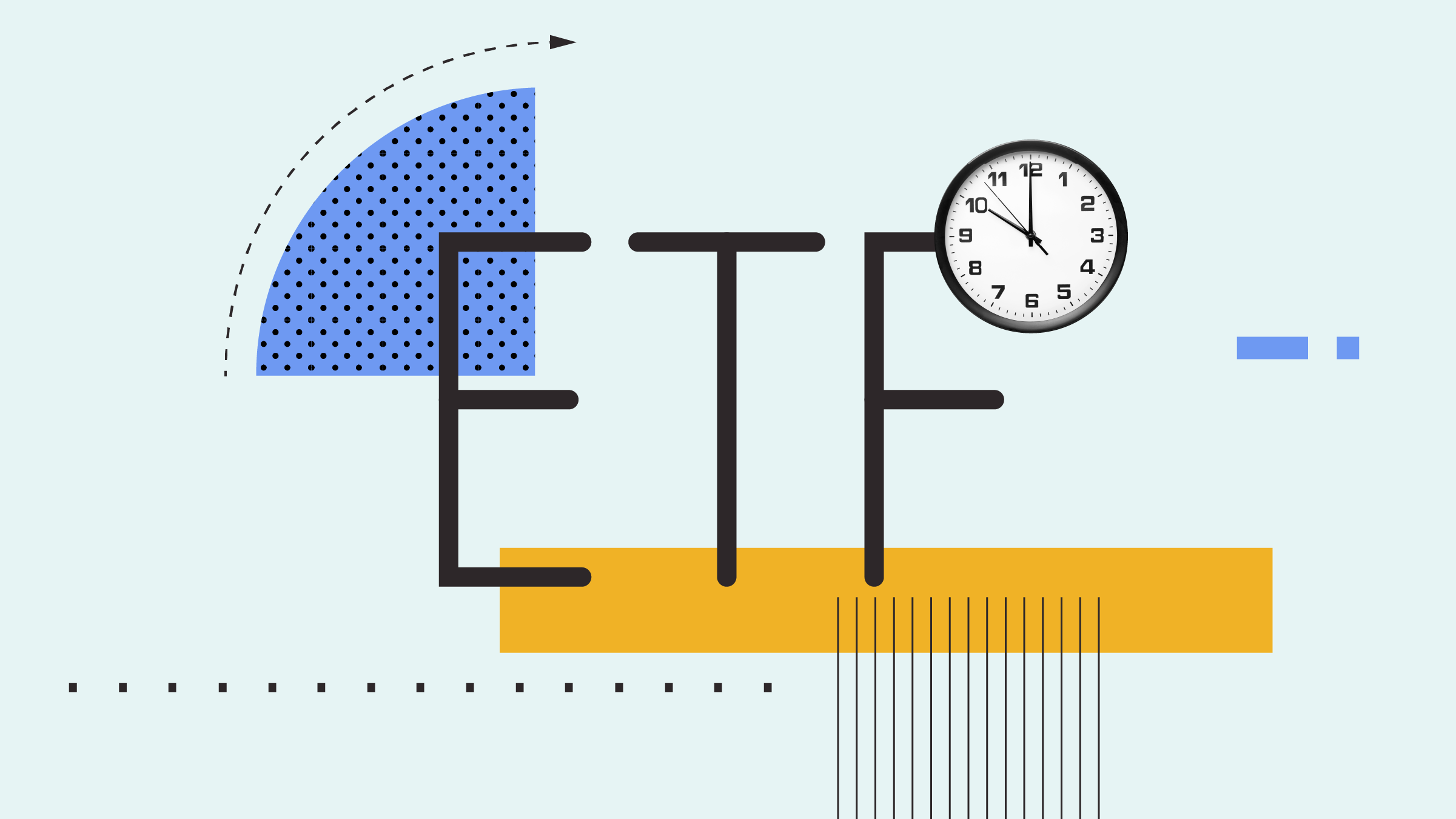Note: This article is part of Morningstar's January 2016 Five keys to retirement investing special report.
Save now, retire well. If the RRSP was a branded product, that would be a simple and effective sales slogan.
Some may refer to "RRSP" as if it was the name of a specific, off-the-shelf item. But in fact it's the acronym for registered retirement savings plan, a generic government program that allows individuals to save for retirement on a tax-deferred basis using investments purchased from financial institutions.
The RRSP-eligible investment you purchase from a bank, credit union, insurance company or investment dealer is held within a registered account at that institution, in which the money grows on a tax-deferred basis. This means you can deduct the amount you contribute from your income in the year of purchase, and the money within the account gains in value free of tax over the years until it is withdrawn from your plan, at which point the entire amount (capital and income) is taxable. Ideally, that will occur after you have retired and when the proceeds will be taxed at a lower rate.
Whether you are getting a head start on your 2016 RRSP contribution, or doing so before the 2015 deadline, it's worth reviewing the following fundamental rules for RRSPs:
How much can an individual contribute each year?
The overall dollar limit for all individuals for the 2015 taxation year is $24,930, although your amount for the year cannot exceed 18% of your "earned income" -- which broadly speaking is your gross employment income, as well as certain other income items such as spousal and child support payments received, and net business or rental income. So if your earned income was $70,000 in 2015, your personal contribution limit for the year would be $12,600. If you were a member of an employer pension plan in 2015, your limit will be further reduced by a "pension adjustment." Generally, this amount represents the amount that you and your employer contributed to your pension plan during the year.
Unused contribution room increases your limit.
If you have unused contribution room because you have not made full use of your annual RRSP limits in past years, that amount will increase your personal maximum limit for the year. Unused contribution room may be carried forward indefinitely. You can find out what your personal 2015 limit is by checking your 2014 income tax assessment. The RRSP limit is increased each year, based on inflation; the 2016 limit is $25,370 and for 2017 it will be $26,010.
What happens if you put in too much?
You are permitted to maintain an over-contribution up to $2,000 beyond your personal limit at any given time, without penalty, and this amount can earn tax-deferred income along with your other RRSP investments. However, you cannot deduct this amount on your tax return. Any balance in excess of your personal limit plus $2,000 is subject to a penalty tax of 1% per month until the amount is either withdrawn, or until your personal RRSP limit covers the amount of the over-contribution. Bear in mind that an over-contributed amount will be fully subject to tax when withdrawn -- and hence double-taxation, because this amount wasn't deductible when it went into your plan -- unless you remove the excess amount from your RRSP within 90 days of the end of the taxation year during which you were in an over-contribution position. Sometimes it can be argued that it is beneficial to retain an over-contribution in your RRSP, providing the income earned on that money exceeds the 1% penalty and the impact of double taxation.
Which types of investments are eligible?
While certain cash investments, ranging from savings accounts to long-term guaranteed investment certificates (GICs), and mutual funds can constitute stand-alone RRSP investments, other investments may qualify if they are held in a self-directed account (which can be set up through a bank, credit union or investment dealer, with an annual fee payable). These include, in addition to cash and mutual funds, a wide range of investment vehicles, notably shares listed on a Canadian exchange and on certain foreign exchanges, or marketable bonds. (There no longer is a limit on how much foreign content one can have in an RRSP.)
Why it pays to contribute early
The advantages of contributing to your plan as early as possible in life are significant. For example, an RRSP started at age 40 with annual contributions totalling $20,000 made over 30 years, and assuming a constant annual compound return of 4% until retirement at age 71, would produce a nest-egg of $1.1 million. That is nearly double what you would have had you waited until age 50 to get started. If you started at age 30, you'd have $1.9 million. (The calculations in this article are from the RRSP savings calculator on getsmarteraboutmoney.ca, the investor-education website of the Ontario Securities Commission. There are a number of other, similar calculators online, such as those hosted on bank websites.)
Those figures assume the money was invested each year during "RRSP season" near the deadline, which is set at 60 days following the end of the year in which contributions may be deducted from income. (For the 2015 tax year, the RRSP contribution deadline is Feb. 29, 2016.) But if you instead contributed as at the beginning of each taxation year -- in this case, Jan. 1, 2015 -- you would end up with nearly $65,000 more in retirement savings by age 71. Even if you contributed that $20,000 gradually over the course of the year, you'd still come out well ahead: $769 put in every second week would produce almost $40,000 more than if you waited until the beginning of the following year, while $1,667 a month would produce an advantage of more than $35,000.
Starting an RRSP at age 30 and making similar early contributions until age 71 would produce correspondingly bigger nest-eggs, to the tune of nearly $200,000 more if the entire $20,000 was put in at the start of the taxation year, and $78,000 or $70,000 more if bi-weekly or monthly contributions, respectively, were made. Even an RRSP started at age 50 would receive a healthy boost if contributions were made early -- to the tune of approximately $44,000 if contributions were made at the start of the year, and $18,000 and $16,000 for bi-weekly and monthly contributions, respectively.



















